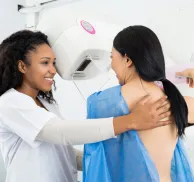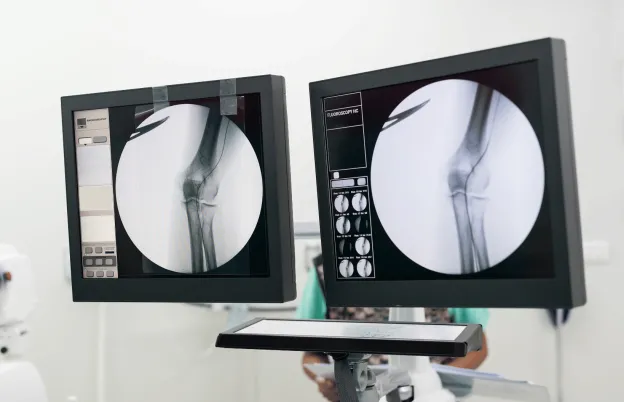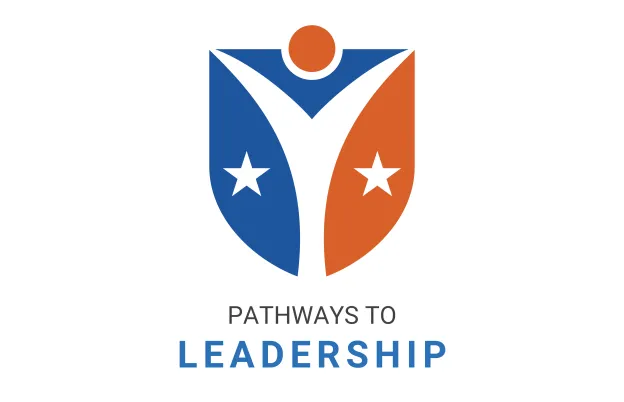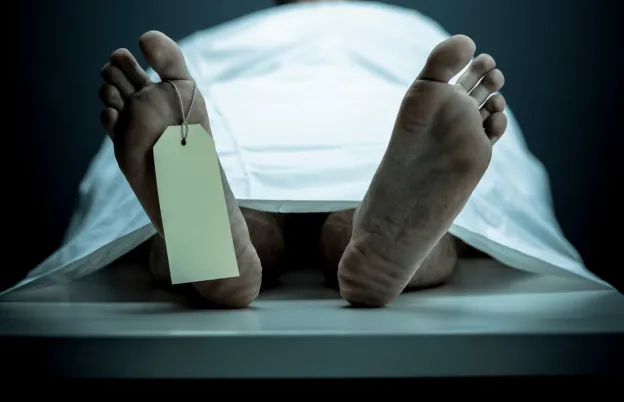
From Densities to Diagnosis: The Hidden Insights of Radiography
About this Program
In this webinar, you’ll learn about the important role of fat as a radiographic diagnostic tool. We will explore its often-overlooked radiographic significance in diagnostic imaging exams for:
- Elbow
- Wrist
- Knee
- Ankle
- Abdomen
- Bony fractures
The 5 basic radiographic densities will be introduced with special attention to the low contrast resolution between water and fat radiographic densities. Adipose tissue is located throughout our bodies, and its radiographic visualization plays a key part in the diagnostic interpretive process for the radiologist.
Educational Objectives
- Identify the five(5) basic radiographic densities on any radiographic image.
- Explain the interpretive process of radiographic density visualization.
- Discuss low contrast resolution(LCR) and its importance in image interpretation.
- Explain the clinical importance of adipose in various body compartments, from a diagnostic viewpoint.
- Identify several body structures that demonstrate radiographic shadow formation based on adipose distribution.
- Explain the radiographic clinical interpretive importance of adipose in the elbow, knee, ankle and wrist joints as well as the abdomen.
- Discuss the development of a lipohaemoarthrosis and its radiographic and clinical significance.
- Point out the process of tissue effusion and its impact on fat visualization.
- Suggest methods/techniques that could be utilized to optimize LCR and adipose visualization.
Schedule
What this course will cover
Introduction
- Challenges of image interpretation
- Image quality and perceived resolution
- Assessment of image quality
Five Basic Radiographic Densities
- Experiment to demonstrate radiographic densities
- Experiment demonstrating loss of contrast with densities
- Examples of images demonstrating the radiographic densities
- Adipose as a tissue density
- average atomic density(Z#)
- comparison to other tissue densities and Z#
Low Contrast Resolution (LCR)
- What is LCR?
- LCR and digital detector technologies
- Imaging modalities and LCR
- LCR and image noise
- Images of Experiment on LCR and Beam Hardening
Clinical Significance of Fat
- Elbow fat pads
- Paraspinal fat stripes
- Renal fat and fascia
- Properitoneal fat stripes
- Hoffa’s fat pad
- Kager’s triangle
- Pronator fat stripe
Clinical Examples of Radiographic Fat
- Lipohemoarthosis
- explanation and clinical significance
- importance of positioning and patient at rest
- Ship’s sail sign
- importance of positioning
- Asymmetry of fat stripes
- Effusion of fat compartments and radiographic visualization
Image Analysis
Audience
Who should attend?
- Radiologic Technologists
- Medical Imaging Specialists
- Educators
- Vendor Personnel
Program Faculty
Meet your presenter(s)

Randy Griswold
MPA, RT(R)
Randy has been in the medical imaging profession for over 40 years as an educator, sales and marketing professional and consultant. Currently he is a contributing author and medical imaging consultant. Prior to that, he was the Director of Sales and Marketing for a Midwest distributor of digital medical imaging products. His collective experiences as an educator include being the Program Director for Bellin College, School of Radiologic Sciences and their BSRS program. He was instrumental in transforming their two-year certificate program to a four-year, accredited BSRS degree program.
Randy has 23 years of experience in radiology capital equipment sales, service and support including digital imaging, and has completed his graduate work in Public Service Administration with an emphasis in Health Care Administration and Medical Imaging Marketing. He is a past president of the Wisconsin Association of Educators in Radiologic Technology (WAERT) and the Wisconsin Society of Radiologic Technologists (WSRT) as well as being a Fellow. His passion for teaching is focused on helping technologists understand the importance of obtaining good quality images for diagnosis, in a fashion that uses the skills and techniques of radiologist interpretation.
Credits
Accredited training programs
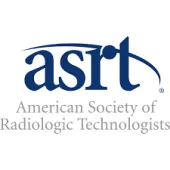
ASRT Category A
This program provides 2 hour(s) of Category A continuing education credit for radiologic technologists approved by ASRT and recognized by the ARRT and various licensure states. Category A credit is also recognized for CE credit in Canada. You must attend the entire program to receive your certificate of completion.
Tuition
Convenient payment options available
| Audience | Price | Early Price | Member Price | Member Early Price |
|---|---|---|---|---|
| Technologist | $49.75 | $47.25 | $44.75 | $42.50 |
Early Pricing Guidelines
Qualifying 'Early' registrations must be made at least 4 days in advance for the program.
Cancellation Policy
Webinars less than 8 hours of credit
Refunds, minus a $15 processing fee, will be granted for cancellations received at least 3 days prior to the program. Cancellations received within 3 days of the webinar will receive a credit toward a future MTMI program, minus the $15 processing fee. No refunds will be made after the webinar starts. MTMI reserves the right to cancel any scheduled program because of low advance registration or other reasons. MTMI’s liability is limited to a refund of any program tuition paid. WEBINAR ATTENDEES that cannot log in due to unsolvable technical issues beyond their control will be eligible for a full refund.
